Are you seeking a deeper, richer experience in your daily tea ritual?
Loose-leaf tea may be the answer to elevate your enjoyment.
Transitioning to loose-leaf tea isn’t just a change; it’s an enhancement that brings numerous benefits to your cup and beyond.
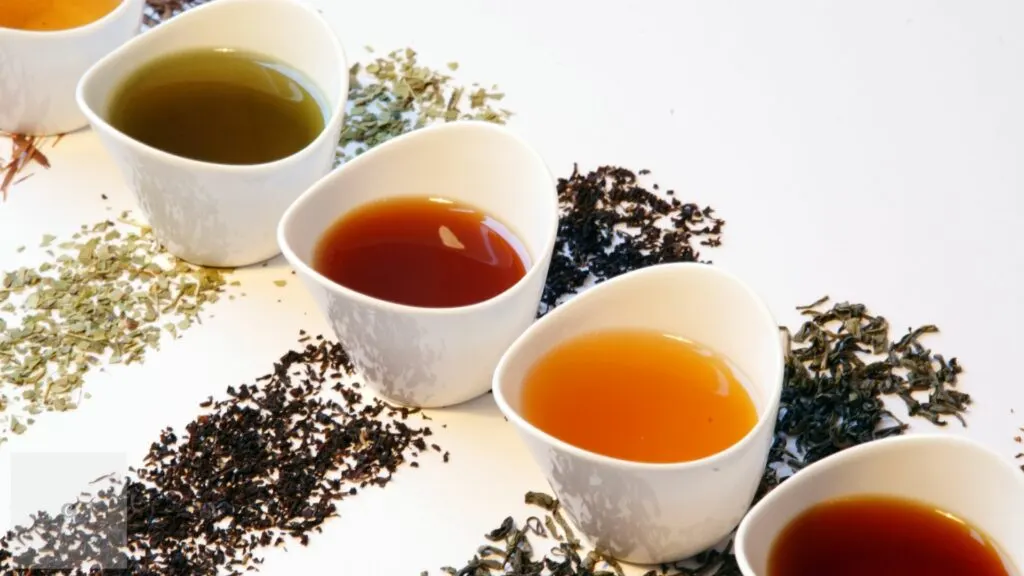
Superior Flavor and Aroma
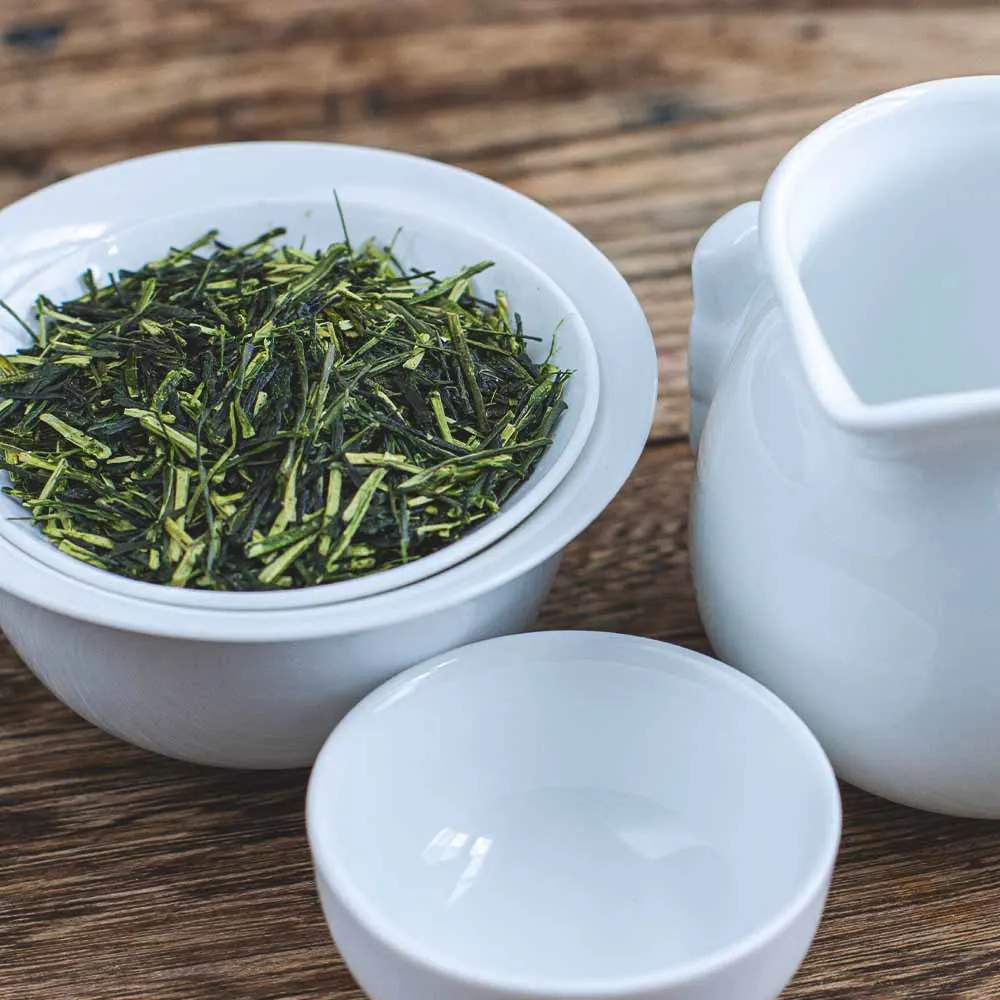
Loose leaf tea offers a sensory delight that pre-packaged tea bags simply can’t match.
The whole leaves used in loose leaf tea provide fuller flavors and more nuanced aromas, owing to their ability to expand fully and release essential oils.
This expansion is crucial because it allows water to circulate around the leaves, facilitating optimal extraction of flavors and compounds. Contrast this with the cramped confines of a tea bag, where leaves can’t unfold and release their full potential.
Consider the impact of terroir, much like in wine. The region where the tea is grown affects its flavor profile significantly. Rare Tea Company includes the flavor profiles of all of their loose leaf teas, including their black and green teas.
For example, a Darjeeling tea from the Himalayas brings a unique muscatel flavor, while a Yunnan tea from China offers earthy, robust notes. Understanding and appreciating these subtleties can deepen your enjoyment.
Takeaway: Whole leaves release more flavor and aroma, enriching your tea experience.
Enhanced Health Benefits
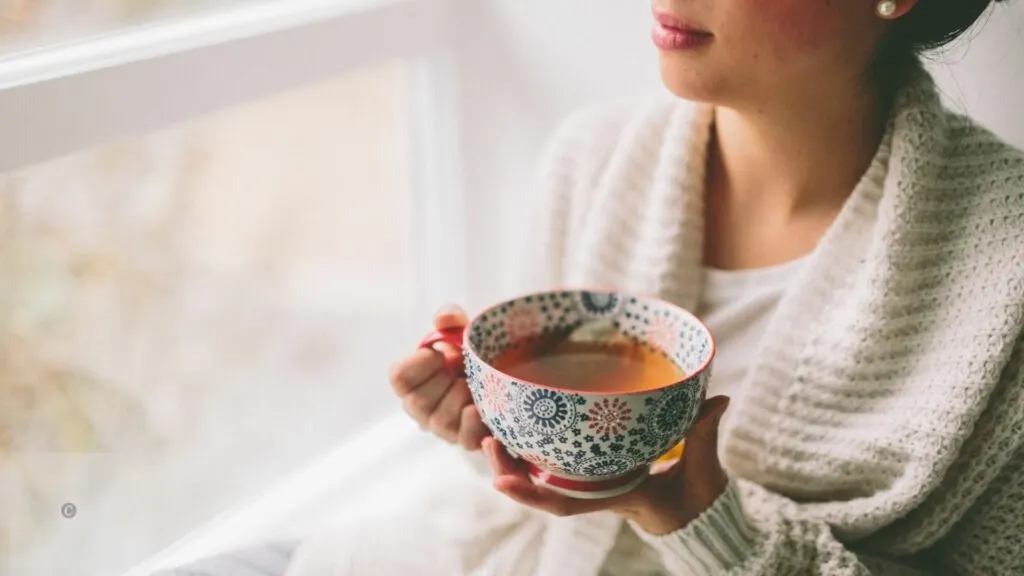
Whole tea leaves retain more of their natural oils and nutrients, resulting in greater health benefits (source).
Loose leaf tea is packed with antioxidants, vitamins, and minerals that can aid digestion, improve mental alertness, and support heart health.
Notably, the catechins found in green tea, a type of antioxidant, have been linked to numerous health benefits, including improved cardiovascular health and cancer prevention. Polyphenols, another group of antioxidants, help combat oxidative stress and inflammation.
Moreover, the bioavailability of these compounds is higher in loose leaf tea. This means your body can absorb and utilize these beneficial substances more effectively compared to the broken leaves in tea bags.
Consistently drinking loose leaf tea can contribute to long-term health improvements, making it more than just a daily pleasure.
Takeaway: Loose leaf tea retains more nutrients, enhancing its health benefits.
Eco-Friendly Choice
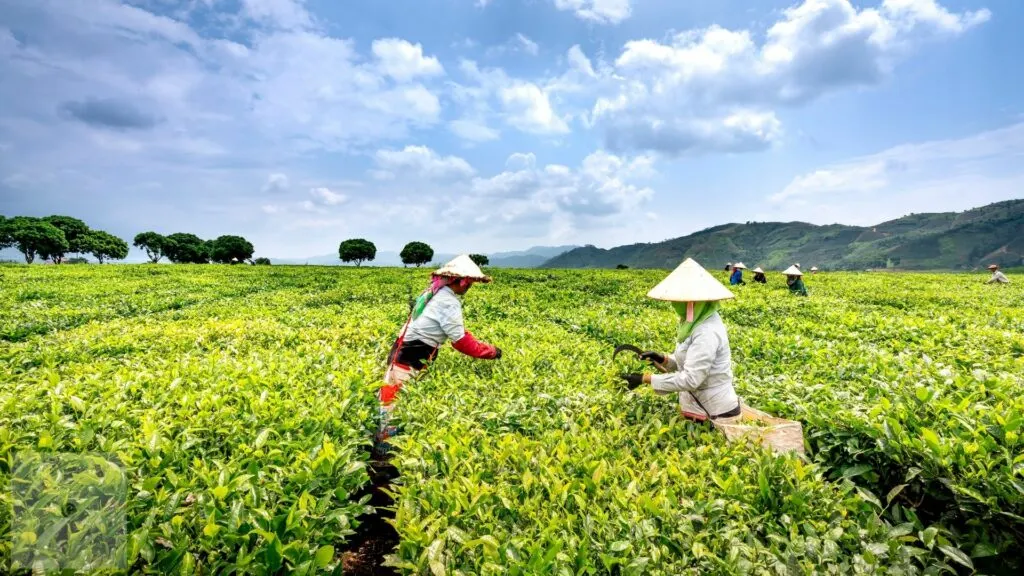
Switching to loose leaf tea is a more sustainable option. Tea bags often contain microplastics and generate unnecessary waste.
Loose leaf tea reduces this footprint by eliminating single-use packaging (source).
Additionally, many conventional tea bags are treated with chemicals or bleached, which can be harmful to the environment when they decompose.
Composting used tea leaves can improve soil quality, providing nutrients and enhancing plant growth. This practice aligns with a zero-waste lifestyle, promoting a healthier planet. By choosing loose leaf tea, you’re making a small but significant step towards environmental responsibility.
Takeaway: Loose leaf tea is an eco-friendly choice that reduces waste and supports sustainability.
Customizable and Versatile
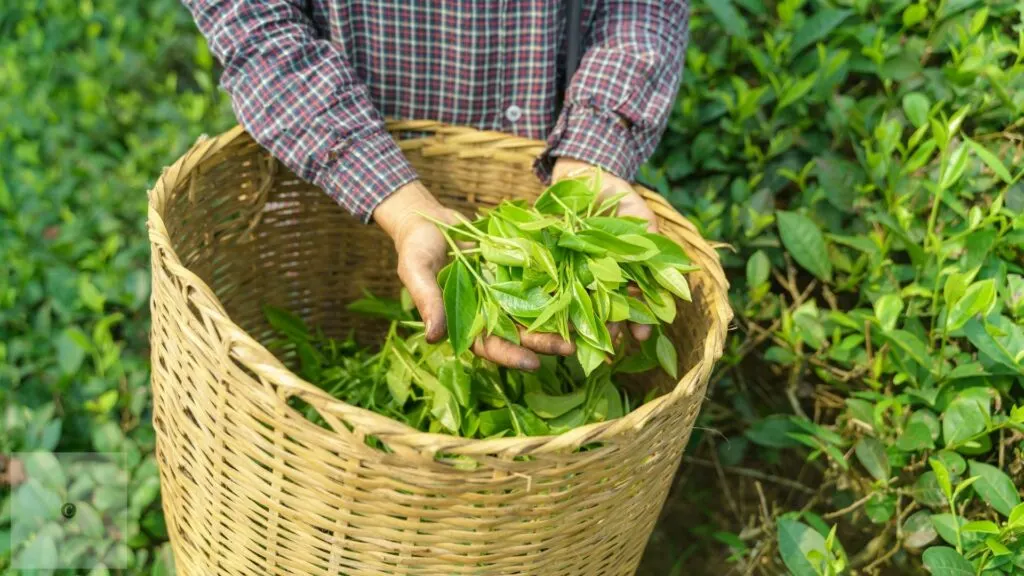
With loose leaf tea, you gain the flexibility to adjust the strength and flavor to your preference. Whether you enjoy a delicate white tea or a robust black tea, you control the amount and steeping time.
This customization allows you to fine-tune each cup to your liking, whether you prefer a quick, light brew or a strong, full-bodied infusion.
Loose leaf tea also lends itself to creative culinary uses. Infuse your tea into broths, marinades, or even baked goods to add a unique twist. Experimenting with different types of tea in cooking can open up new flavor dimensions, enriching your culinary repertoire.
Takeaway: Customization and versatility make loose leaf tea adaptable to your tastes and culinary needs.
My Experience
Picture yourself savoring a Sunday morning with a cup of loose leaf Earl Grey. As you inhale the citrusy bergamot, you remember the convenience of tea bags but realize how much richer this experience is. The nuanced flavors dance on your palate, a stark contrast to the flat taste of bagged tea. This realization isn’t just about taste; it’s about the ritual, the moment of mindfulness you’ve cultivated.
In another scenario, you’re preparing a refreshing iced tea for a summer picnic. Using loose leaf tea, you create a brew that’s vibrant and refreshing, impressing your friends with its depth of flavor. They marvel at how much better it tastes compared to store-bought versions. This isn’t just a beverage; it’s a conversation starter, a testament to your attention to quality and detail.
Weighing the Downsides
Despite the many advantages, loose leaf tea does have some potential drawbacks to consider:
- Preparation Time: Loose leaf tea can take longer to prepare. Measuring the right amount of leaves, heating the water to the correct temperature, and steeping can be more time-consuming compared to using a tea bag. However, this process can become a meditative ritual, offering a moment of calm in a busy day.
- Clean-Up: Dealing with used tea leaves can be a bit messier. Unlike tea bags that can be easily tossed out, loose leaves require proper disposal and cleaning of infusers or teapots. Yet, the effort is minimal compared to the benefits. Use the spent leaves as plant fertilizer, turning a chore into an act of sustainability.
- Storage: Keeping loose leaf tea fresh requires airtight containers and a suitable storage environment. Improper storage can lead to loss of flavor and aroma. Investing in proper containers and storing them away from light, heat, and moisture ensures your tea remains fresh and flavorful.
- Cost: Initially, investing in high-quality loose leaf tea and the necessary equipment might be more expensive than buying tea bags. However, this cost can be offset over time as you use the leaves more efficiently. Quality over quantity becomes the mantra, and the long-term savings in both cost and health benefits are considerable.
Takeaway: While offering superior quality, loose leaf tea requires more effort in preparation, clean-up, and storage.

Practical Tips for Transitioning
- Invest in Quality Tools: A good infuser or teapot makes all the difference. Consider a stainless steel infuser for durability and ease of cleaning.
- Start with Your Favorites: Choose loose leaf versions of teas you already love. This familiarity makes the transition smoother.
- Experiment with Steeping Times: Find the perfect balance for your taste. Different teas have optimal steeping times – black teas generally need longer, while green and white teas are more delicate.
- Store Properly: Keep tea in airtight containers away from light and moisture to maintain freshness. Glass jars with UV protection or opaque tins are excellent choices.
Takeaway: Transitioning to loose leaf tea is simple with the right tools and a bit of experimentation.
The Joy of Discovery
Switching to loose leaf tea opens up a world of exploration. You’ll discover new varieties, blends, and brewing methods, transforming your tea-drinking routine into an enjoyable adventure.
Each cup becomes a moment of mindfulness, a small ritual that enhances your day.
Delve into the world of single-origin teas, where the terroir imparts distinct characteristics, or explore exotic blends that transport you to far-off places.
Takeaway: Embracing loose leaf tea turns your daily tea ritual into a journey of discovery and joy.
By making the switch, you’re not only enhancing your tea-drinking experience but also supporting your health and the environment. Enjoy the journey of flavors, aromas, and benefits that loose leaf tea offers.

Jessi is the creative mind behind The Coffee Mom, a popular blog that combines parenting advice, travel tips, and a love for all things Disney. As a trusted Disney influencer and passionate storyteller, Jessi’s authentic insights and relatable content resonate with readers worldwide.
